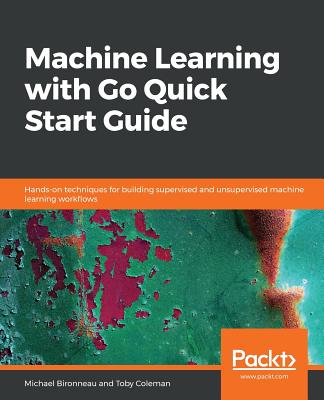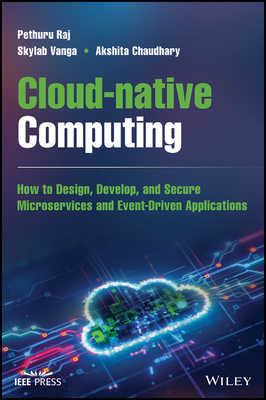Machine Learning with Go Quick Start Guide
暫譯: 使用 Go 的機器學習快速入門指南
Bironneau, Michael, Coleman, Toby
- 出版商: Packt Publishing
- 出版日期: 2019-05-31
- 售價: $1,270
- 貴賓價: 9.5 折 $1,207
- 語言: 英文
- 頁數: 168
- 裝訂: Quality Paper - also called trade paper
- ISBN: 1838550356
- ISBN-13: 9781838550356
-
相關分類:
Go 程式語言、程式語言、Machine Learning
海外代購書籍(需單獨結帳)
相關主題
商品描述
Machine learning is an essential part of today's data-driven world and is extensively used across industries, including financial forecasting, robotics, and web technology. This book will teach you how to efficiently develop machine learning applications in Go.
The book starts with an introduction to machine learning and its development process, explaining the types of problems that it aims to solve and the solutions it offers. It then covers setting up a frictionless Go development environment, including running Go interactively with Jupyter notebooks. Finally, common data processing techniques are introduced.
The book then teaches the reader about supervised and unsupervised learning techniques through worked examples that include the implementation of evaluation metrics. These worked examples make use of the prominent open-source libraries GoML and Gonum.
The book also teaches readers how to load a pre-trained model and use it to make predictions. It then moves on to the operational side of running machine learning applications: deployment, Continuous Integration, and helpful advice for effective logging and monitoring.
At the end of the book, readers will learn how to set up a machine learning project for success, formulating realistic success criteria and accurately translating business requirements into technical ones.
商品描述(中文翻譯)
機器學習是當今數據驅動世界中不可或缺的一部分,廣泛應用於各行各業,包括金融預測、機器人技術和網絡技術。本書將教您如何在 Go 中高效地開發機器學習應用程序。
本書首先介紹機器學習及其開發過程,解釋其旨在解決的問題類型及其提供的解決方案。接著涵蓋如何設置無摩擦的 Go 開發環境,包括如何使用 Jupyter notebooks 互動式運行 Go。最後,介紹常見的數據處理技術。
本書接著通過實作範例教授讀者有監督學習和無監督學習技術,這些範例包括評估指標的實現。這些實作範例利用了著名的開源庫 GoML 和 Gonum。
本書還教導讀者如何加載預訓練模型並使用它進行預測。然後轉向運行機器學習應用程序的操作方面:部署、持續集成,以及有效日誌記錄和監控的有用建議。
在本書的最後,讀者將學會如何為機器學習項目設置成功的基礎,制定現實的成功標準,並準確地將業務需求轉化為技術需求。
















